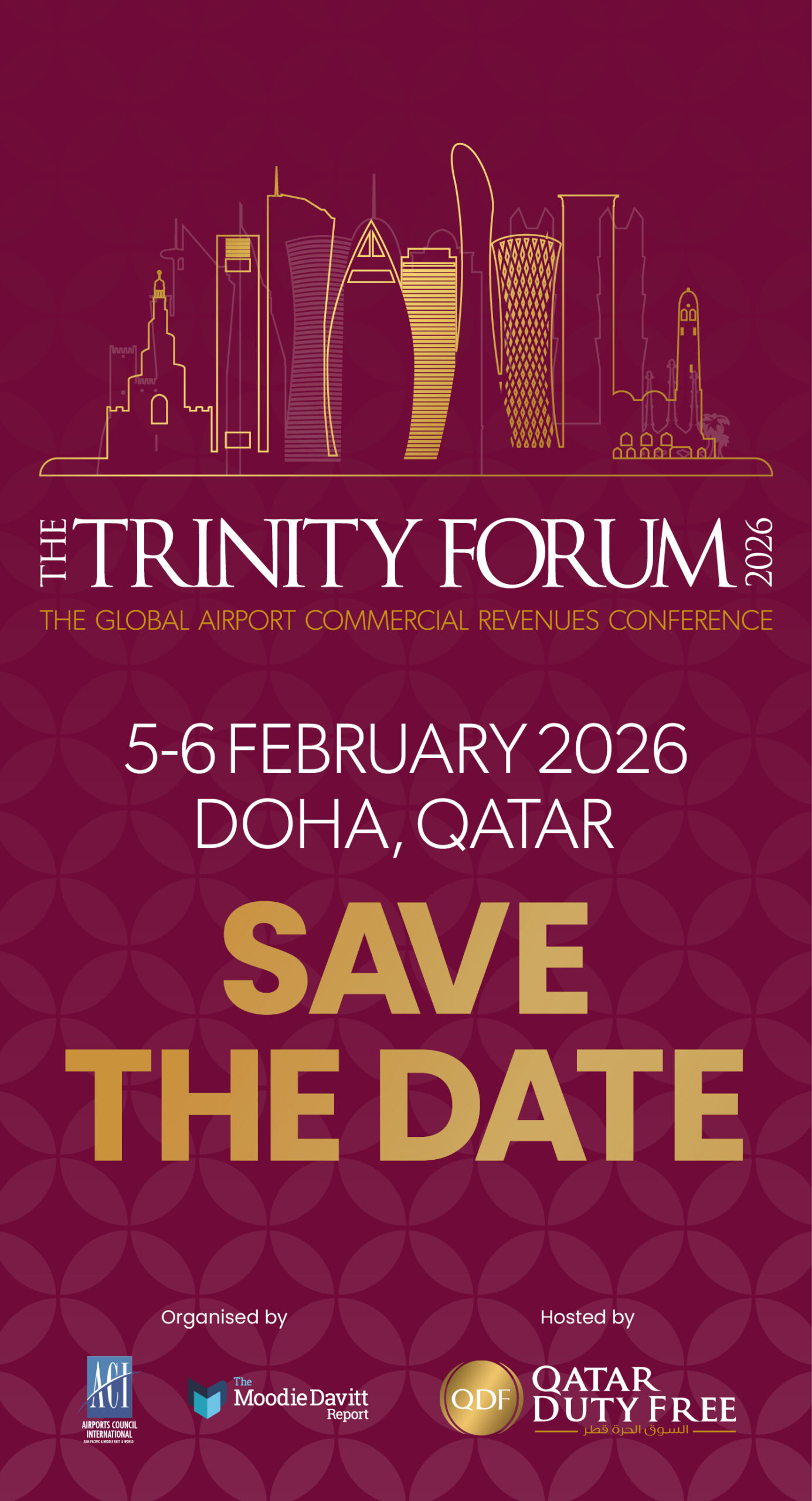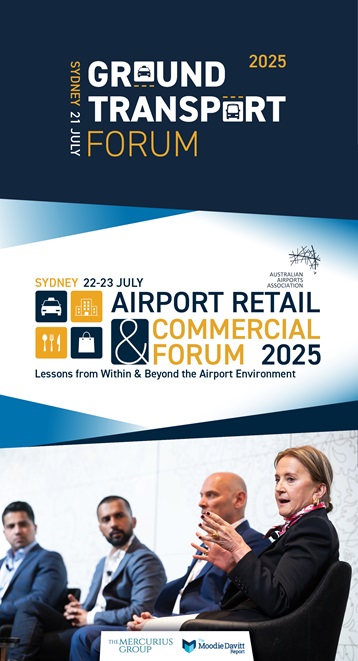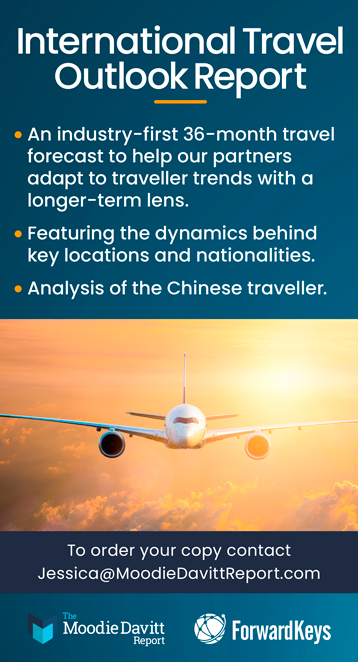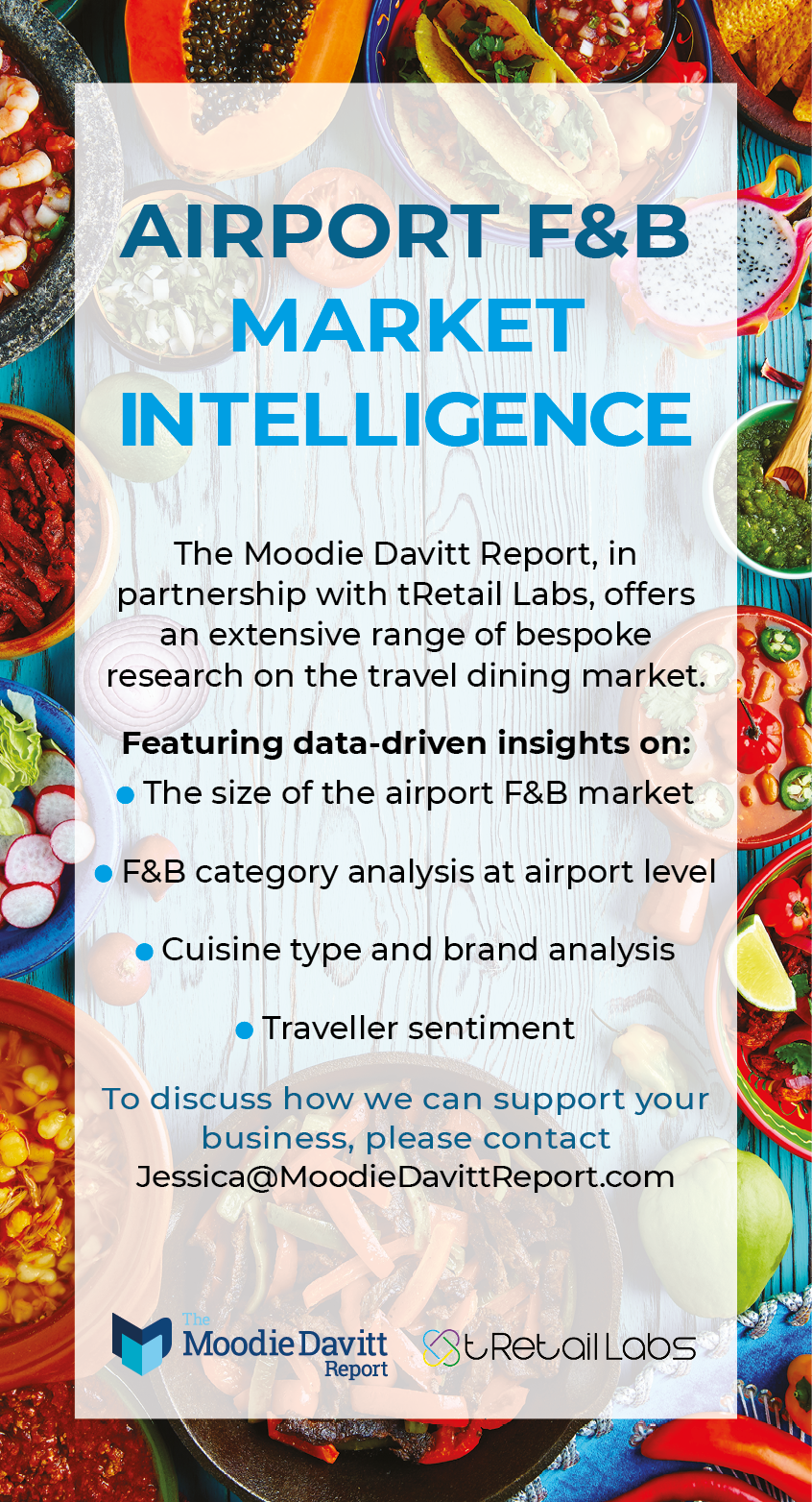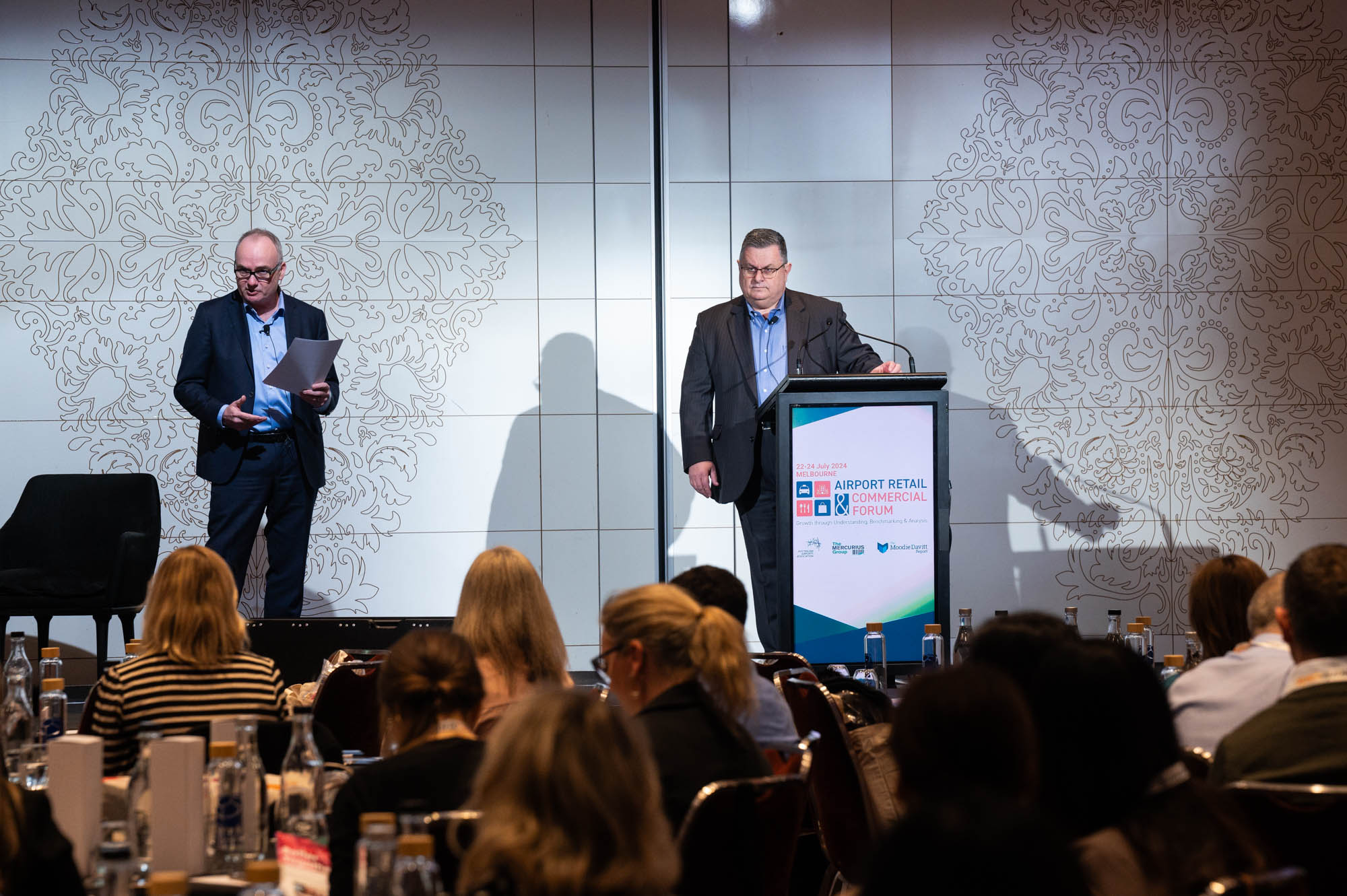
INTERNATIONAL. A reduction in business travel budgets could yet offer positives for the airports industry, according to global leader in airport lounges and travel experiences, Airport Dimensions.
“A significant drop-off in travel has a marked and so far under-reported, knock-on implication for corporate ‘Road Warriors’,” said Stephen Hay, the company’s Global Strategy Director.
“Addicted as they are to their Frequent Flyer Programme (FFP) elite status and the associated benefits such as lounge access, this will hurt. Many of these seasoned travellers will find themselves being downgraded out of status, out of the lounge and in the main terminal.”
Airport Dimensions has modelled that for even a -10% drop in overall travel, a typical FFP could lose up to -20% of its elite membership. Most FFPs have extended their members’ tier status during the pandemic, but cash-strapped airlines cannot do this forever, said Hay.
“The innovators have been quick to respond. Emirates has introduced a formal paid elite membership, something that airlines have generally been doing on the quiet for a while now. Programmes have pivoted towards cashed up banks, with opportunities to boost elite status through increased card spending and loyalty leaders such as Cathay Pacific looks set to pivot towards more consumer lifestyle-based propositions. These initiatives all help, but significant numbers face the cliff-edge moment as they look set to fall from heaven.”
This will herald a significant new population of disenfranchised travellers, he added, and represents an opportunity for airports and other actors on the travel journey to step in and fill the void. With the shift towards low-cost carriers and growth in ‘last class’ fares on network carriers, the ability to have a positive impact, to differentiate and to ensure a better experience, will be far greater on the ground rather than in the air, said Hay.
“Airports are well positioned to deliver this. With their ability to coordinate benefits from parking, to fast track and from exclusive dining to lounge access, airports need to move quickly to look at how these benefits can be bundled together to meet different segment needs, as well as how they can be promoted and how they are sold to travellers longing for the experiences previously delivered by the airlines.”
Business travel will be not returning to its former shape and scope any time soon, according to Airport Dimensions. It highlighted the plan by global multinational Mars to cut its post-COVID business travel up to -50% of pre-COVID levels [around 145,000 fewer flights per year -Ed] in a move to “improve the health and wellbeing of our people, enhance business performance, and positively impact the world we want tomorrow.”
This has an immediate benefit to the bottom line and gives the company a huge boost to their sustainability goals, said Airport Dimensions. While not everyone can or will follow, there seems to be a clear view that travel could be a least -25% down on pre-pandemic levels for some time to come.
“Global leaders are already offering paid-for airport memberships,” said Hay. “These look set to grow as more airports recognise both the need to engage with more travellers on the journey and the opportunity to drive new revenues from their ability to drive bundled sales and subscription memberships.”
*The Moodie Davitt Report has launched a new publication titled Airport Consumer Experience, in association with Airport Dimensions, dedicated to airport guest services and experiences. To subscribe free of charge please email Sinead@MoodieDavittReport.com headed ‘Airport Customer Experience’. All stories are permanently archived on the Airport Consumer Experience page on this website.





